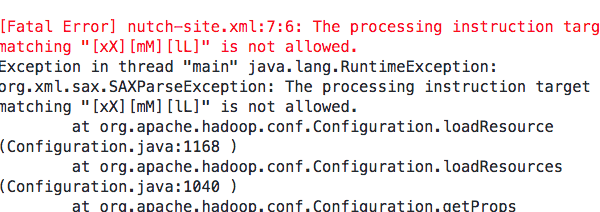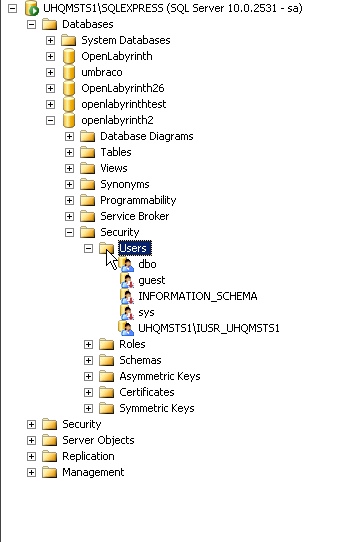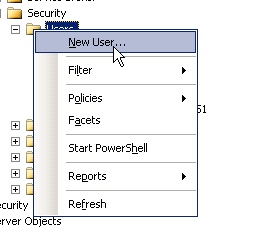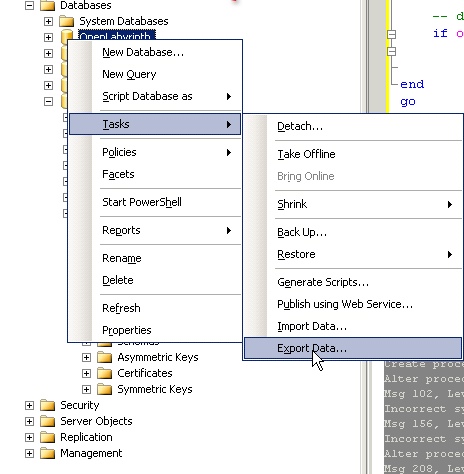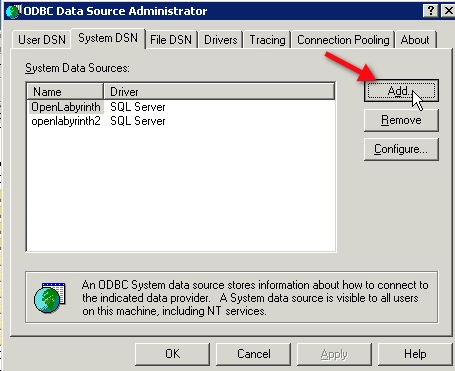The Processing Instruction Target Matching “[xX][mM][lL]” is Not Allowed
When running Java or other types of applications which use an XML file as part of the input, you may see this error: The Processing Instruction Target Matching “[xX][mM][lL]” is Not Allowed.
Often the cause is a malformed XML file, with a common problem being a blank line accidentally inserted before the required first line of the xml:
[ A blank line here will cause the error ] <?xml version-"1.0"?>Continue reading
